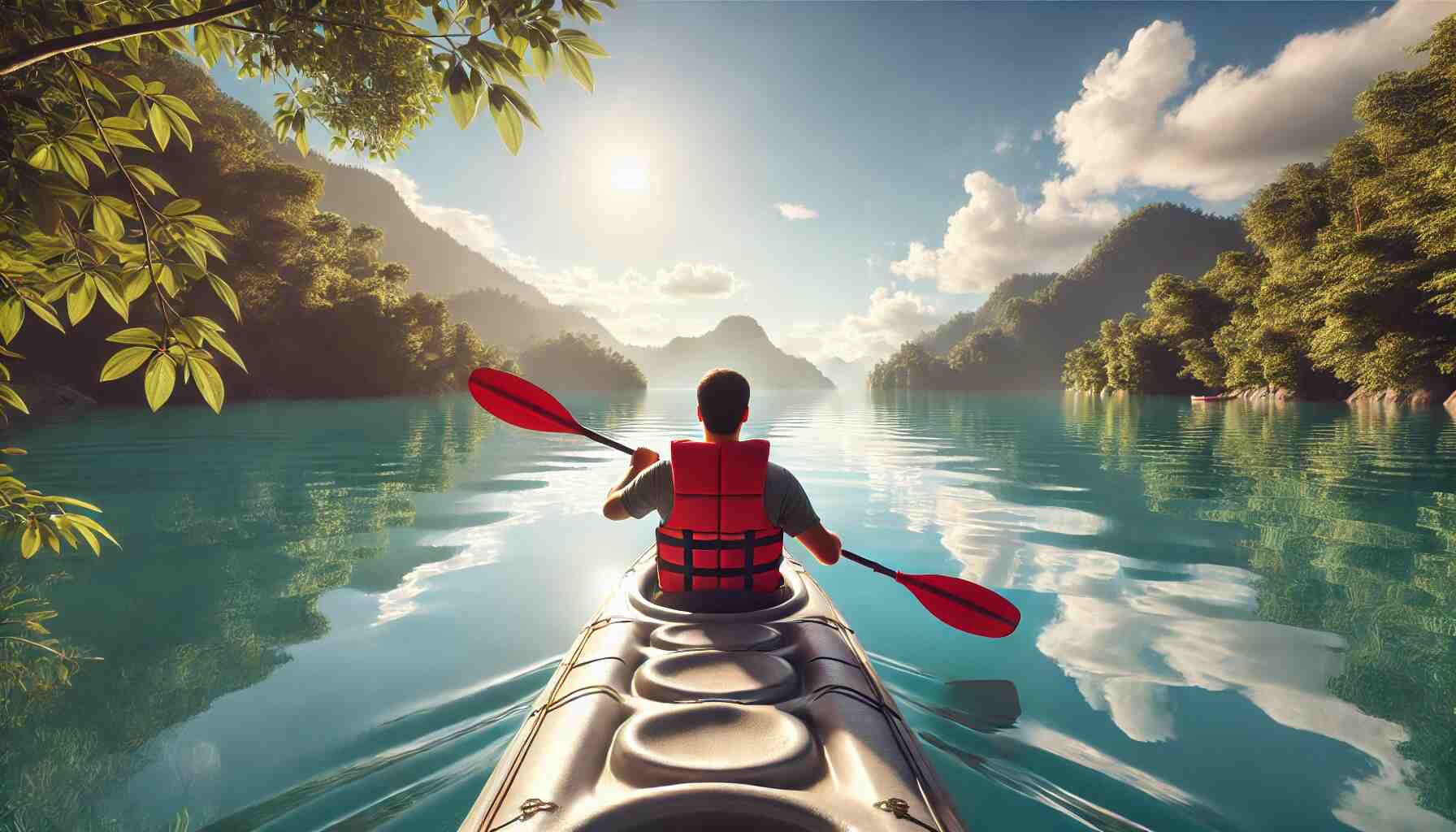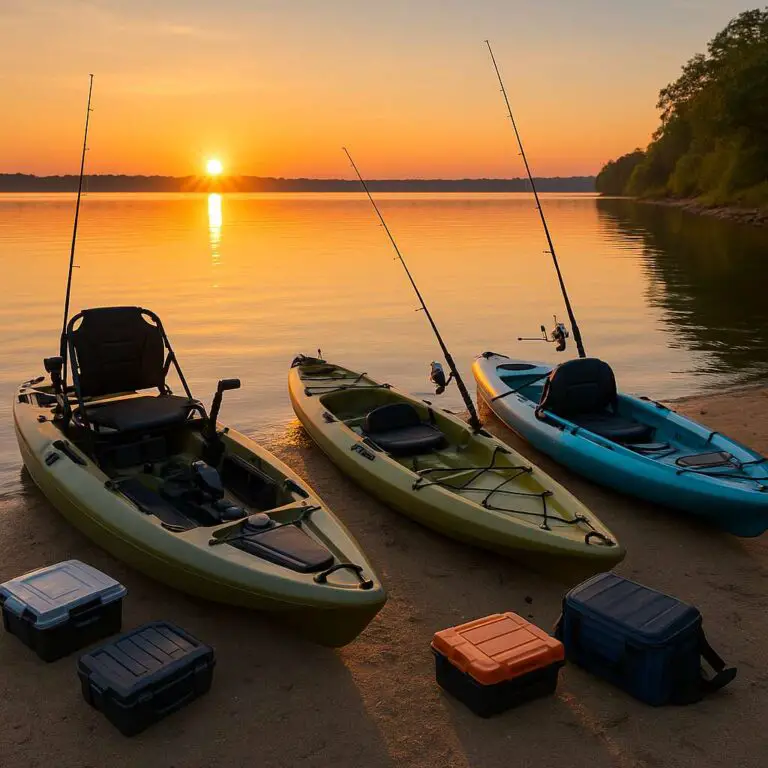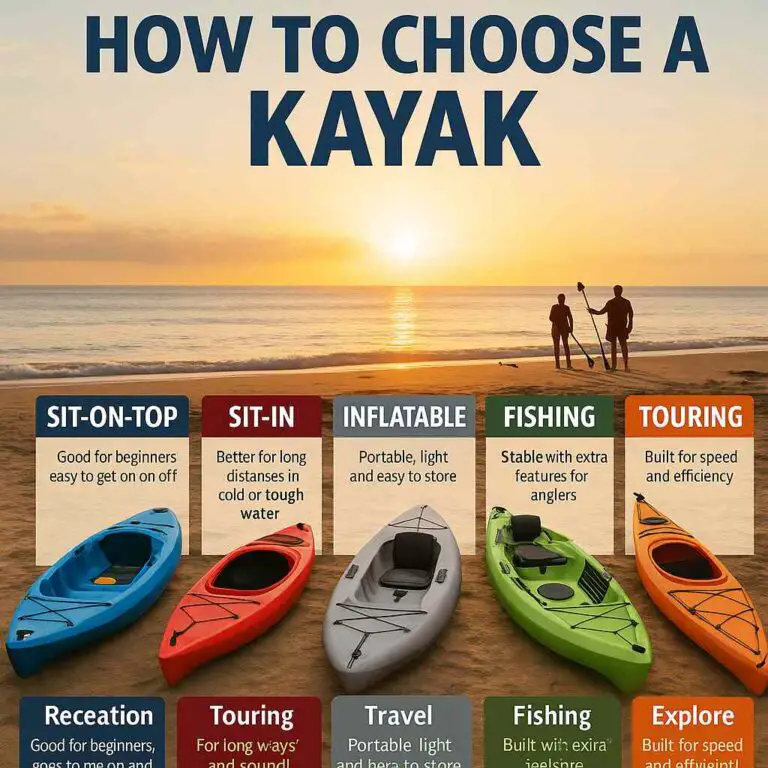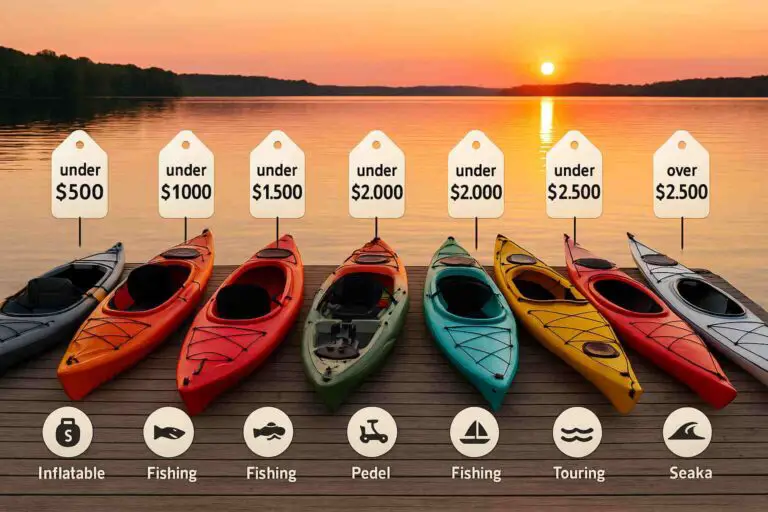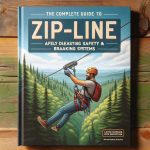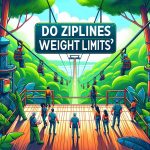Whether you’re a beginner or looking to refine your technique, this guide will provide you with all the information you need to paddle a kayak effectively. We’ll cover everything from the basics of kayak paddling to advanced techniques, safety tips, and essential gear.
Introduction to Kayaking
Kayaking is a popular water sport that involves paddling a small, narrow boat called a kayak. Kayaks come in various designs, including sit-on-top, sit-inside, and inflatable models. Regardless of the type, the fundamental principles of paddling remain the same.
Benefits of Kayaking
Kayaking offers numerous benefits, including:
- Physical Fitness: Kayaking provides a full-body workout, engaging muscles in your arms, shoulders, back, and core.
- Mental Health: Being on the water can be incredibly relaxing and helps reduce stress.
- Nature Connection: Kayaking allows you to explore beautiful waterways and connect with nature.
- Social Activity: It’s a great activity to enjoy with friends and family.
Essential Gear for Kayaking
Before you hit the water, you’ll need the right gear. Here are the essentials:
- Kayak: Choose a kayak that suits your needs and skill level. Sit-on-top kayaks are great for beginners, while sit-inside kayaks offer more control for experienced paddlers.
- Paddle: A good quality paddle is crucial. The length of the paddle should match your height and the width of your kayak.
- Personal Flotation Device (PFD): Always wear a PFD for safety. Make sure it fits well and is approved by the U.S. Coast Guard.
- Appropriate Clothing: Dress for the water temperature, not the air temperature. Wear quick-drying, moisture-wicking clothing.
- Footwear: Wear water shoes or sandals that can get wet and provide good traction.
- Safety Equipment: Include a whistle, a bilge pump, and a first aid kit.
Basic Kayaking Techniques
Getting into Your Kayak
- Launch from Shore: Place your kayak in shallow water parallel to the shore. Sit on the edge of the kayak, then swing your legs inside.
- Stabilize: Hold the paddle across the kayak to stabilize yourself as you sit down.
Holding the Paddle
- Grip: Hold the paddle with both hands, slightly wider than shoulder-width apart.
- Blade Orientation: Ensure the paddle blades are facing the right direction. The concave side should scoop the water.
Basic Paddle Strokes
- Forward Stroke: This is the primary stroke for moving forward. Insert the paddle blade into the water near your toes, pull it back alongside the kayak, and then lift it out of the water. Alternate sides with each stroke.
- Reverse Stroke: This stroke helps you move backward. Insert the paddle blade near your hips and push it forward alongside the kayak.
- Sweep Stroke: To turn the kayak, use a wide, sweeping motion with the paddle. For a right turn, paddle on the left side and vice versa.
- Draw Stroke: This stroke moves the kayak sideways. Place the paddle blade in the water parallel to the kayak and pull towards you.
Maintaining Balance
- Core Engagement: Engage your core muscles to maintain balance and stability.
- Posture: Sit up straight with your knees slightly bent and your feet resting on the footpegs.
Advanced Kayaking Techniques
Edging and Bracing
- Edging: Tilt the kayak slightly to one side to improve maneuverability. This is useful for making sharp turns.
- Bracing: Use the paddle to prevent capsizing. Extend the paddle out to the side and slap the water if you feel off-balance.
Rolling
- Eskimo Roll: This is an advanced technique to right yourself after capsizing. It involves using your paddle and body motion to roll the kayak back upright.
Navigating Different Water Conditions
- Flatwater: Ideal for beginners, flatwater kayaking is done on calm lakes or slow-moving rivers.
- Whitewater: For more experienced paddlers, whitewater kayaking involves navigating fast-moving rivers with rapids. Proper training and safety equipment are essential.
- Sea Kayaking: Paddling in the ocean requires knowledge of tides, currents, and weather conditions.
Safety Tips for Kayaking
Pre-trip Planning
- Check Weather Conditions: Always check the weather forecast before heading out. Avoid kayaking in bad weather.
- Inform Someone: Let someone know your kayaking plans, including your expected return time.
- Plan Your Route: Choose a route suitable for your skill level and make note of potential hazards.
On the Water
- Wear Your PFD: Always wear your personal flotation device.
- Stay Hydrated: Bring plenty of water and stay hydrated.
- Know Your Limits: Don’t push yourself beyond your skill level. If you’re tired, take a break.
- Be Aware of Your Surroundings: Keep an eye out for other boats, wildlife, and obstacles.
Kayaking with Kids and Pets
Kids
- Age-appropriate Gear: Ensure children have appropriately sized PFDs and paddles.
- Supervision: Always supervise children while kayaking and choose calm waters.
Pets
- Pet PFD: Equip your pet with a PFD.
- Comfort: Ensure your pet is comfortable in the kayak and knows how to behave on the water.
Choosing the Right Kayak
Types of Kayaks
- Recreational Kayaks: Ideal for calm waters and short trips. They are stable and easy to use.
- Touring Kayaks: Designed for longer trips and rougher waters. They are faster and have more storage.
- Inflatable Kayaks: Portable and easy to store. They are suitable for calm waters.
- Fishing Kayaks: Equipped with features for fishing, such as rod holders and storage for tackle.
Kayak Materials
- Plastic: Durable and affordable, but heavier.
- Composite: Lightweight and fast, but more expensive and less durable.
Top Recommended Gear
Equipping yourself with the right gear is essential for a safe and enjoyable kayaking experience. Here are some top-rated kayaking gear options available on Amazon:
Kayaks
- Intex Explorer K2 Kayak: An affordable inflatable kayak perfect for beginners. It features adjustable seats, a removable skeg for directional stability, and increased visibility due to its bright yellow color. Ideal for lakes and mild rivers.
- Lifetime Tamarack Angler 100 Fishing Kayak: A sit-on-top kayak designed for fishing enthusiasts, with multiple footrest positions, two flush-mounted fishing rod holders, and ample storage compartments.
- Pelican Sentinel 100X Sit-on-Top Kayak: A versatile sit-on-top kayak suitable for recreational use, featuring a comfortable, adjustable padded seat and plenty of storage options for day trips on calm waters.
Paddles
- Werner Camano Premium Fiberglass Paddle: A lightweight and durable paddle ideal for all types of kayaking, featuring an adjustable feather angle and a comfortable grip.
- SeaSense X-Treme II Kayak Paddle: An affordable and sturdy paddle with a lightweight aluminum shaft and durable plastic blades, perfect for beginners and recreational kayakers.
Personal Flotation Devices (PFDs)
- Stohlquist Fit PFD: A comfortable and reliable personal flotation device, designed with lightweight PE foam and adjustable straps for a secure fit.
- Onyx MoveVent Dynamic Paddle Sports Life Vest: A high-quality PFD with a mesh back for ventilation, adjustable shoulder straps, and large armholes for maximum mobility while paddling.
Safety Gear
- Vigilant 130dB Personal Alarm: A loud personal alarm for added safety, featuring a built-in LED light and a compact design for easy attachment to your gear.
- Seattle Sports Paddler’s Bilge Pump: A lightweight and efficient bilge pump designed to quickly remove water from your kayak, essential for safety in case of flooding.
Storage and Transport
- RAD Sportz Kayak Hoist Lift: A convenient storage solution for your kayak, featuring a pulley system that allows you to hoist and store your kayak on the ceiling of your garage or shed.
- Suspenz Universal Portable Kayak Stands: Portable stands that keep your kayak off the ground, preventing damage and making it easy to load and unload gear.
Accessories
- Pelican Waterproof Dry Bag: A durable dry bag that keeps your belongings safe and dry while kayaking, available in various sizes.
- Skwoosh High Back Kayak Seat Cushion: A comfortable and supportive seat cushion that enhances your paddling experience, especially on longer trips.
Clothing and Footwear
- Columbia Men’s PFG Tamiami II Long Sleeve Shirt: A moisture-wicking, quick-drying shirt that provides UPF 40 sun protection, perfect for kayaking in sunny conditions.
- ALEADER Quick Drying Aqua Water Shoes: Comfortable and quick-drying water shoes with a durable sole for good traction, ideal for kayaking and other water activities.
Having the right gear can make a significant difference in your kayaking experience. The products listed above are highly rated and trusted by kayakers of all skill levels. By investing in quality equipment, you ensure safety, comfort, and enjoyment on the water.
Kayaking Destinations
Top Kayaking Spots in the US
- Lake Tahoe, California/Nevada: Known for its clear blue water and stunning mountain views.
- Colorado River, Arizona: Offers challenging whitewater and breathtaking scenery.
- San Juan Islands, Washington: Perfect for sea kayaking with opportunities to see orcas.
- Everglades, Florida: Explore mangrove tunnels and see diverse wildlife.
- Niagara River, New York: Experience both calm and fast-moving waters with scenic views.
Maintaining Your Kayak
Cleaning
- Rinse After Use: Rinse your kayak with fresh water after each use to remove salt, dirt, and debris.
- Mild Soap: Use mild soap and water for a thorough cleaning.
Storage
- Indoor Storage: Store your kayak indoors if possible to protect it from the elements.
- Rack Storage: Use a kayak rack to keep your kayak off the ground and prevent damage.
Repairs
- Inspect Regularly: Check for cracks, holes, and other damage.
- Patch Kits: Keep a patch kit handy for minor repairs.
Conclusion
Kayaking is a versatile and enjoyable activity that can be adapted to suit any skill level and preference. By understanding the basics, practicing advanced techniques, and prioritizing safety, you can make the most of your kayaking adventures. Whether you’re paddling on a serene lake or navigating challenging whitewater, the key is to enjoy the journey and respect the water.
Mastering the Basics: Top Kayaking Techniques for Beginners

